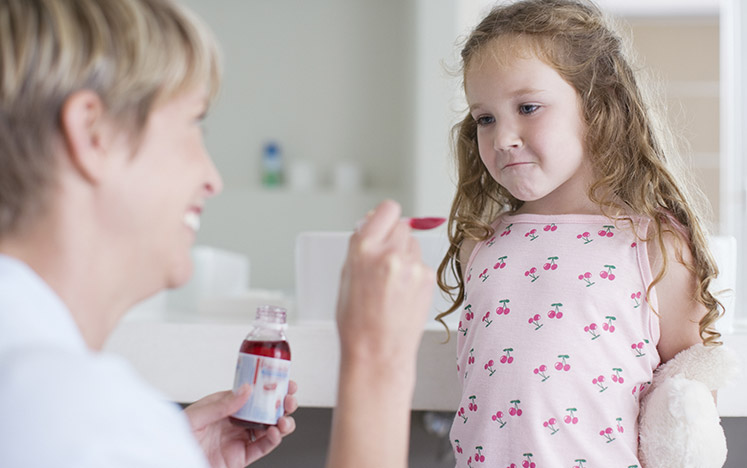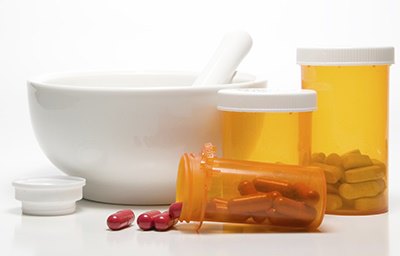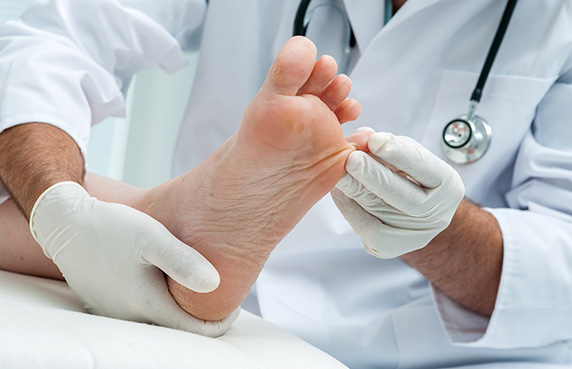Children pose many medication challenges: difficulty swallowing, refusal of medication due to taste or texture, and fear of injections. The limited market for most drugs may be the leading reason for the lack of investment in pediatric drug development by the pharmaceutical industry. Most medications are not labeled for pediatric populations and therefore not available in a suitable pediatric dosage form. Many drugs are not commercially available as liquids, and fewer are available in dosage forms that children like.
Fortunately, compounding pharmacies can prepare oral medications as suspensions, solutions, concentrates, freezer-pops, “gummies” or lozenges, in the child’s favorite flavors and colors to improve compliance and minimize waste. Lollipops are an ideal alternative to “swish and swallow” when medications such as antifungals need to be retained in the mouth for a prolonged period of time. Many drugs can be compounded into transdermal gels that can easily be applied to an appropriate site, such as the child’s wrist, for absorption through the skin. The physical and chemical properties of each ingredient must be considered. For example, the pH of omeprazole must be checked after compounding and the final preparation must be buffered so that the pH is high enough to prevent degradation of the active ingredient.
Nausea & Vomiting: Orally administered anti-emetics can be difficult for a nauseated child to “keep down”, and rectal suppositories are usually not welcomed by children. Transdermal anti-emetics, such as promethazine, can offer an alternative.
Diaper Rash: Customized formulations containing protectants, absorbents, and bile acid sequestrant can provide relief for irritated skin on the buttocks and around stomas.
Acne: Emergence of resistant pathogens emphasizes the need for alternatives to antimicrobial agents for acne therapy, and numerous combinations of active ingredients can be compounded per prescription.
Topical Anesthesia: Topical anesthesia is needed for common pediatric procedures such as suturing and wound cleaning, and prior to injections. The combination of topical lidocaine and tetracaine with the vasoconstrictor epinephrine has been used successfully prior to suturing linear scalp and facial lacerations in children. A triple-anesthetic gel containing benzocaine, lidocaine, and tetracaine (“BLT”) has been applied prior to laser and cosmetic procedures, without the need for occlusion.
Autism: Chelation, amino acid, and nutritional therapies can be customized for each child.
Traumatized or Diseased Nails: Although surgical excision is the most popular method for removing nails, the use of concentrated urea plasters applied under occlusion may be superior. The use of urea plasters has inherent advantages – they are inexpensive, several nails can be treated in one session, and the procedure is essentially painless. Various synergistic combinations and topical medications with penetrant enhancers can be compounded for antifungal therapy. Topical medications usually have a lower adverse drug-reaction profile than systemic medications.
Warts and Molluscum: Resistant warts and molluscum contagiosum have been treated successfully with compounded topical medications such potassium hydroxide solution, avoiding discomfort associated with freezing, scraping, electrocautery and laser therapy.
Head Lice/Scabies: There is a need for effective pediculicidal therapies that are not harmful to children with repeated use.
Dosage forms can be formulated to contain the optimal dose of medication (based on age, weight, and disease state) for each child to provide needed benefits but minimize the risk of adverse effects. Dyes, sugar, lactose, alcohol, and preservatives can be eliminated, and compatible drugs can be combined into a single dosage form to simplify administration. Also, single doses of medication can be packaged for school or travel, and slow-release dosage forms can be compounded to eliminate the need for mid-day dosing at school.






